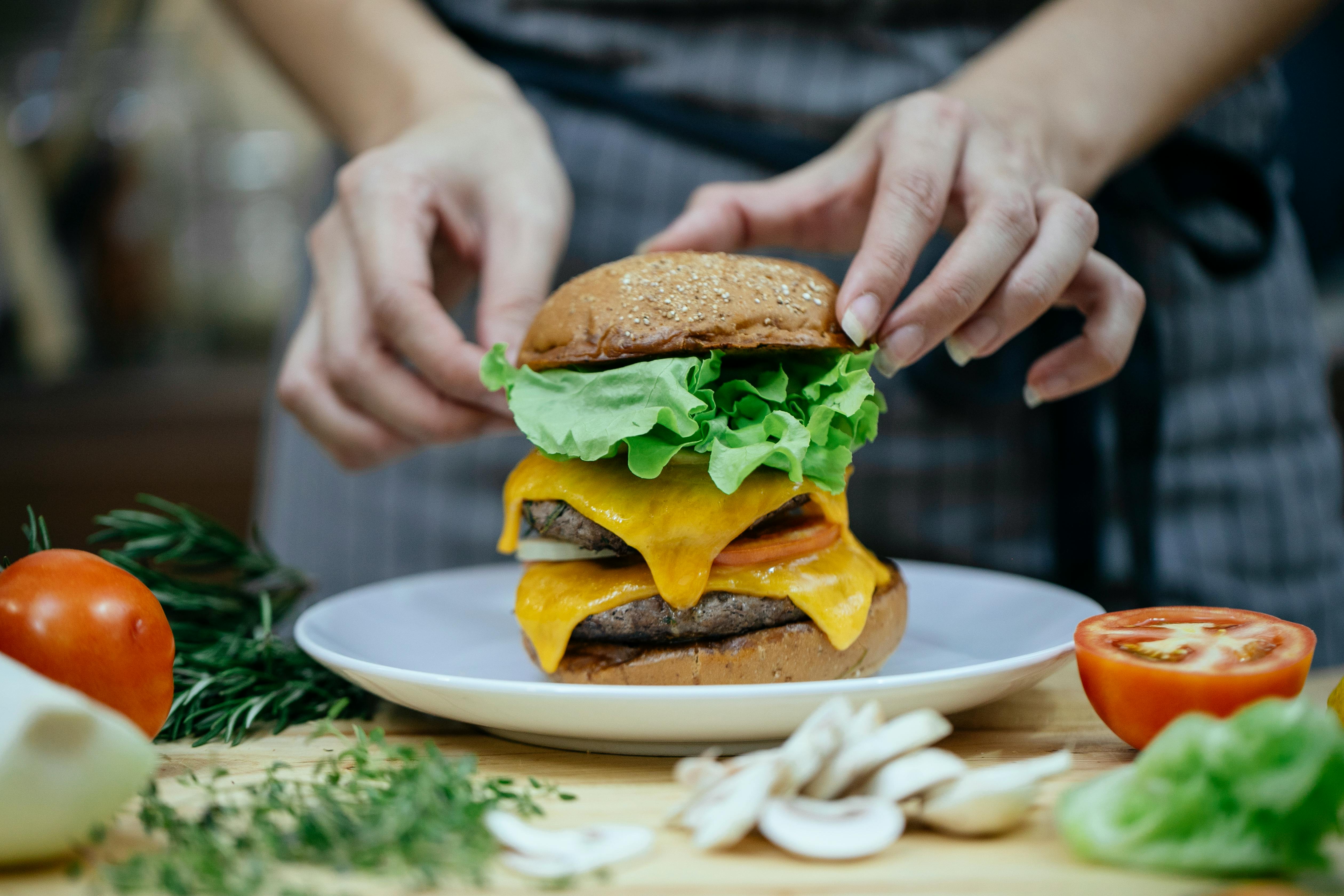Why a natural leather chamois is still the best and safest cloth for drying the car

Natural leather chamois have been used to dry vehicles and glass since the early 18th century, where they were used by French “lackeys” responsible for caring for and cleaning carriages. They are no less effective or useful today for drying the finishes and windshields of modern vehicles. Natural chamois cloths have been and continue to be used because they are durable, extremely soft, lift dirt and trap it in the cloth away from the surface, and release dirt effectively when rinsed. And while many products have been introduced in recent years as better or less expensive substitutes for chamois, none have the combination of these characteristics that make natural leather chamois so useful and effective.
What is a natural leather chamois?
A chamois, like any leather product, can last for years with proper care. A genuine leather suede fabric is defined by the United Kingdom National Standards Body (British Standard BS 6715: 1991) and, in the United States, by the United States Federal Standard (CS99-1970) as “split meat of sheepskin or lamb tanned only with oil”; typically fish oils. Although they are tanned in many different countries, the best chamois leathers come from New Zealand. However, because they may be tanned in some other country, many chamois originating from New Zealand are labeled as “made in” or “product of” some other country; this is the result of the rules governing labeling. A genuine leather chamois will have a slight fish oil odor and will fade if left in direct sunlight.
The softness of the chamois
Suede leather is one of the softest materials available for drying a car or truck. Like the suede from which the original fabrics were made, sheepskin or lambskin has a naturally open grain structure. The open grain structure has spaces or voids between the fibers which, combined with the frayed ends of the fiber, give the suede its softness. When tanned with fish oils, soaps are formed in the loose weave of the leather fiber. These soaps give the cloth a slippery feel when wet and create a “buffer” layer between the body of the chamois and the surface of the vehicle. It is the same fish oils that make it extremely absorbent and long lasting.
Although a genuine leather chamois becomes stiff when dry, it can be softened again by moistening the cloth. To re-soften a chamois without getting it wet, simply rub it against itself or hold it by either side and run it along the edge of a hard, clean surface.
Natural Suede Nappa
The gaps naturally created by the loose weave of the sheepskin and the frayed ends of the fibers sticking out of the weave create the “fuzz” or hair of a chamois. The nap is what gives a material a soft feel and provides the pockets in the material in which dirt and sand are trapped. The natural wool in a chamois leather and the soaps created by the tanning process are what trap and hold dirt and water in a leather chamois. A high degree of nap is essential for any car drying product to avoid scratching or marring the finish. The advantage that a natural leather chamois has over synthetic materials is that it not only traps dirt, sand and water, but then releases the abrasive material when rinsed. Many synthetics are good at trapping dirt and grit, but then don’t release it effectively when rinsed; causing the material to become increasingly abrasive over time.
Chamois leather is extremely absorbent.
A quality natural leather chamois will, on average, hold more than 5 times its own weight in water, while retaining the ability to be easily rinsed and wringable. A 20 oz cloth will hold 0.8 gallons of water. The loose weave of the fiber in leather chamois will not only release more dirt and grit than synthetic products, it will also release more water when wrung out, making it an ideal material for drying a car.
Chamois as a renewable resource
In addition to being soft, absorbent, and durable, a natural sheepskin chamois is an organic and natural byproduct of the sheep farming industry. In addition to providing a large percentage of the world’s food production and natural fiber (in the form of wool), sheep farming also produces numerous essential by-products such as lanolin, tallow, gelatin, and leather, to name a few. It is a renewable and sustainable resource that has been an essential part of the global economy for several millennia and promises to remain so for the foreseeable future.
Summary
Due to its natural properties, a leather chamois remains the most cost effective, safe and efficient product available for drying a car today. Although many newer materials and products have been introduced since Chamois came into use in the early 1700s, none have the unique combination of properties that make chamois ideal for drying vehicles; And all but the most recently introduced have eventually fallen out of favor.
With proper maintenance, a natural leather chamois can last for years. They are also extremely absorbent and reduce drying time. Natural suede cloths are extremely soft, especially when wet, and protect the finish as it dries with soaps infused into the open fibers during the tanning process and by trapping surface dirt and grit in the natural nap. So, regardless of the many new products that are continually becoming available for drying a car, a natural leather chamois is still the safest and best car drying cloth.